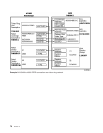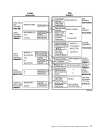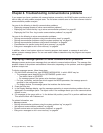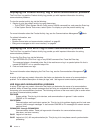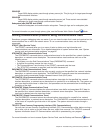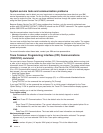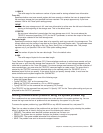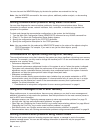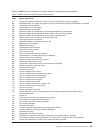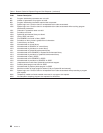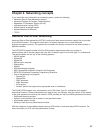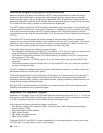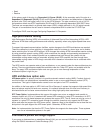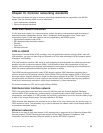
You can also sort the WRKPRB display by the date the problem was entered into the log.
Note: Use the WRKPRB command for the menu options, additional problem analysis, or documenting
problem records.
Solving communication problems using status information
You can often diagnose the communications problem by checking communications status. Status
information for network servers, network interfaces, lines, controllers, or devices may represent the
symptom of the problem.
To check and change the communication configuration on the system, do the following:
1. Type the Work with Configuration Status (WRKCFGSTS) command on any AS/400 command line.
2. Press F4. The Work with Configuration Status display appears.
3. Specify the configuration type for the CFGTYPE parameter.
4. Specify the configuration description for the CFGD parameter.
Note: You may subset this list produced by WRKCFGSTS based on the status of the objects using the
STATUS parameter. For example, if you want to see just the failed objects, specify
STATUS(*FAILED).
Considerations for system tuning during error recovery
The overall performance tuning that is done by the system can play a significant role during error recovery
scenarios. For example, you may need to change the machine pool if it is too small because it can cause
excessive error recovery times.
v Performance Adjustment – QPFRADJ
The automatic performance adjustment function of the system is set to 2 when the system is shipped.
The system can automatically adjust the performance of the system based on this value. Automatic
adjustment may be a desirable feature, particularly when unexpected loads hit the system. Automatic
adjustment can help the system perform better through these peak loads.
v Subsystem considerations
You should consider dividing communications users (whether they are remote workstation or APPC
communication users) into multiple subsystems. If communications fails, all users who are in a single
subsystem may be affected as a result of the communications recovery that is performed on their
systems. For more information, see:
–“Considerations for subsystem configuration for error recovery performance” on page 11
Using error messages to aid in error recovery
When problems occur in communications, there are many places you can look for error messages and
additional information to help resolve the problems. See the topics below for the most common places to
look for APPC error information.
v Messages queues, see “Displaying message queues to solve communication problems” on page 79
v Job logs, see “Job logs and communication problems” on page 80
v Other logs, see “Displaying the Product Activity Log to solve communication problems” on page 80 and
“Displaying the Print Error Log to solve communication problems” on page 80
v Start Service tools, see “System service tools and communication problems” on page 82
v Communications trace, see “Solving communication problems using communications trace” on page 81
Solving communication problems using reason codes
When the local system rejects an incoming program start request, a message is sent to the system
operator message queue. You can use the message information to determine why the program start
request was rejected.
84 Version 5



